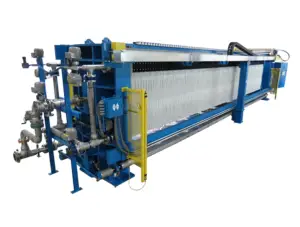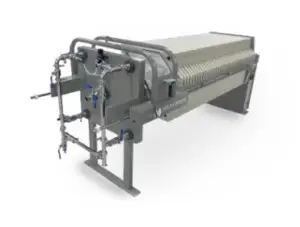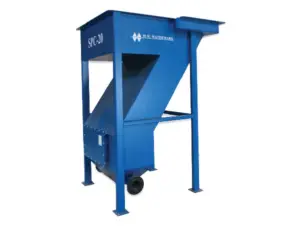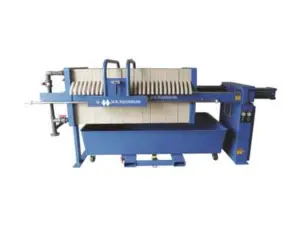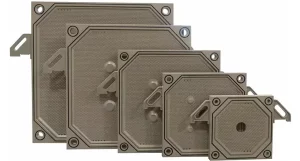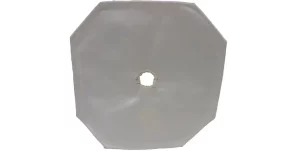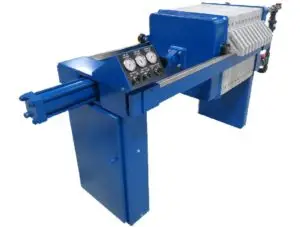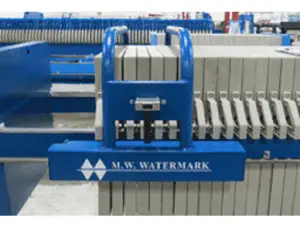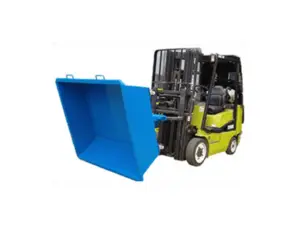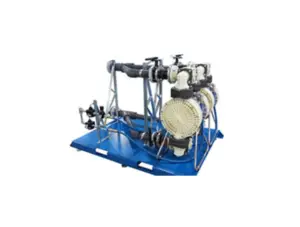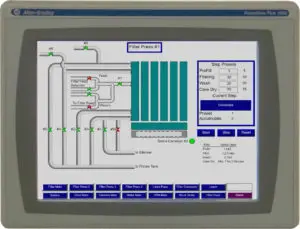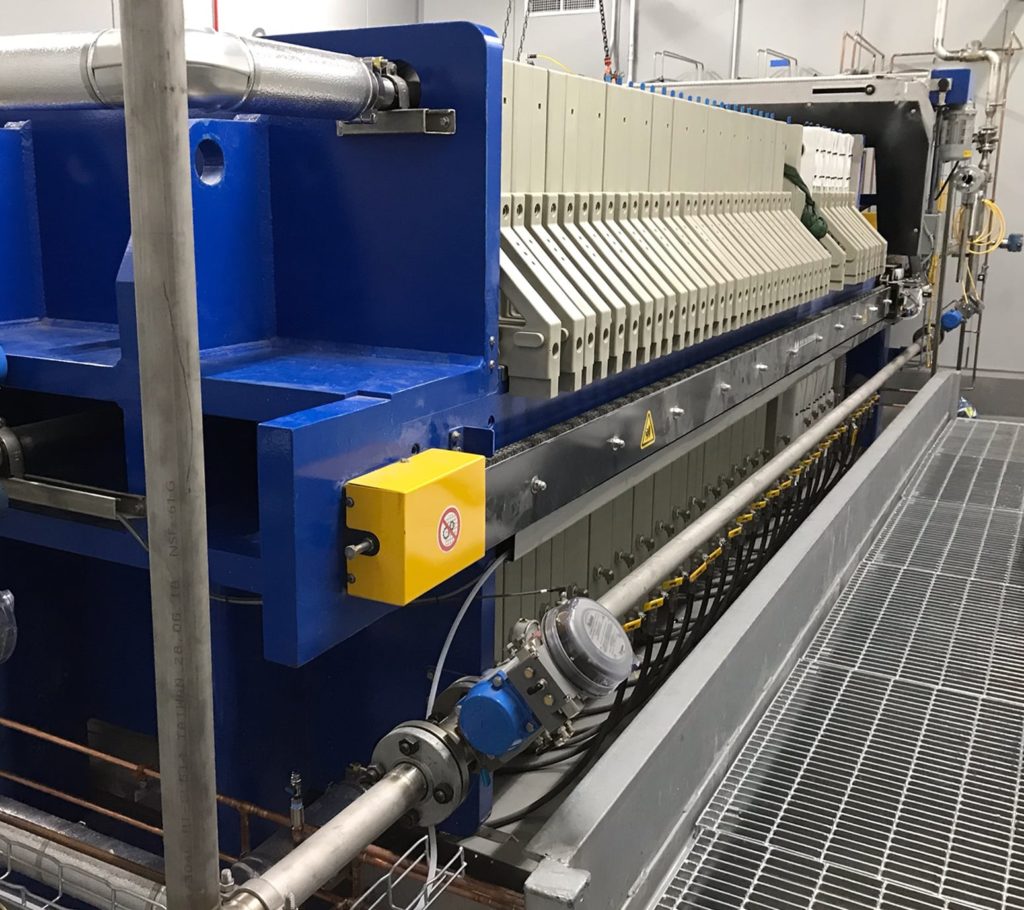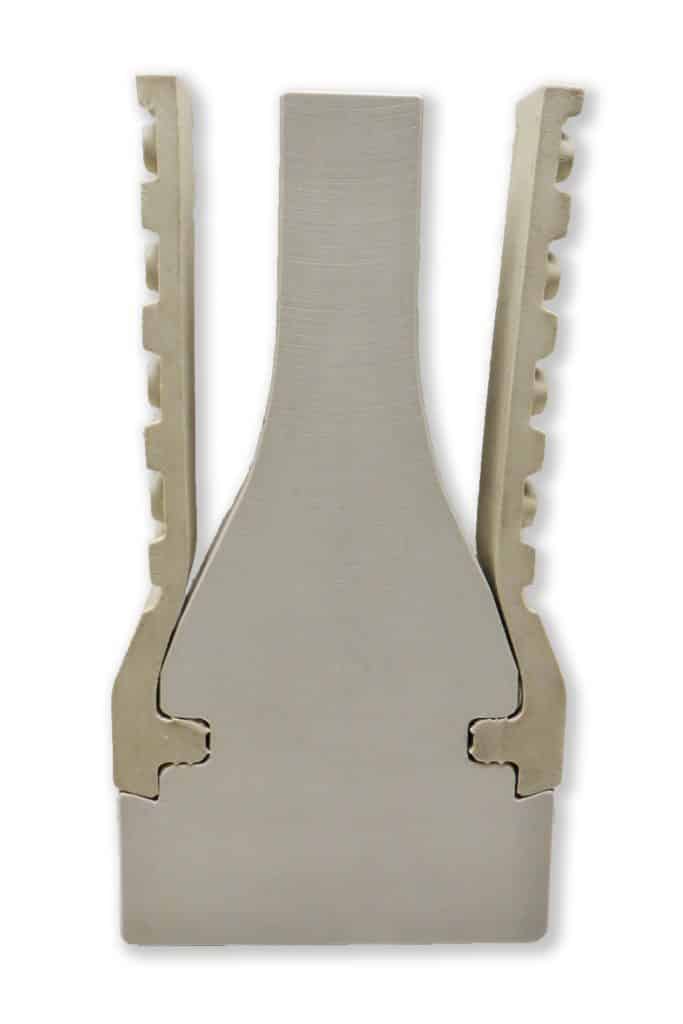How They Work and When Best to Utilize
There are three basic types of filter plates used in conjunction with filter presses. They include recessed chamber, plate and frame and membrane squeeze plates.
Membrane squeeze, or diaphragm squeeze, filter plates offer a number of benefits, from time savings to improving the lifespan of the membrane. M.W. Watermark® offers membrane squeeze filter press/plate solutions to a range of industries. Discover how membrane (diaphragm) squeeze plates work and what advantages they bring to the table.
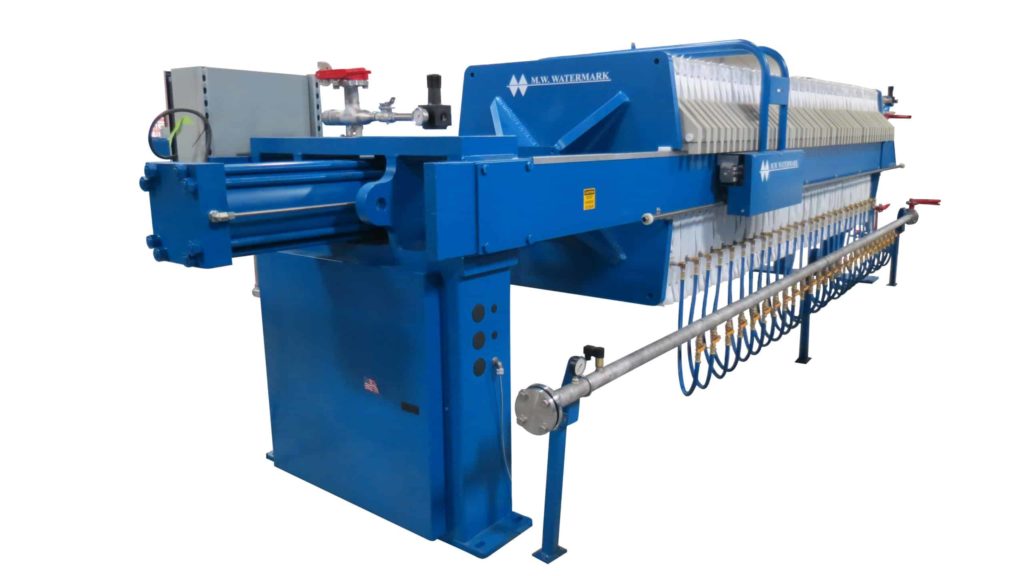
How Membrane Squeeze Filter Presses Work
Membrane squeeze presses operate similarly to recessed chamber and plate and frame filter presses that utilize polypropylene filter plates. However, the chambers in the filter plates have membranes to squeeze out the excess water from the slurry. As a result, this type of filter press may be able to remove a significant amount of fluid. And therefore, they can also reduce cycle time as long as the filter cake is compressible.
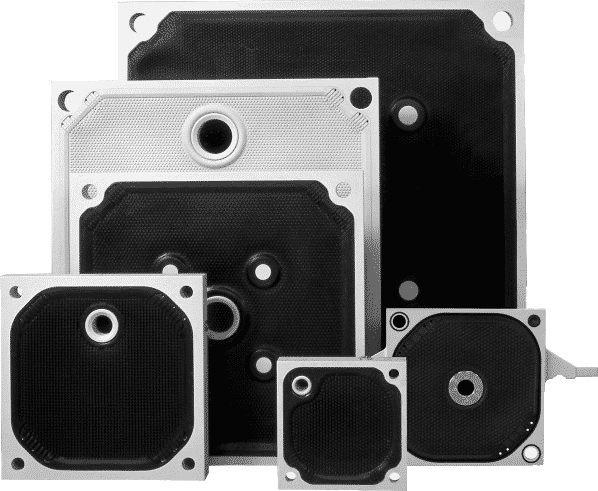
Membrane squeeze presses and plates are also considered when the slurry has higher than average solids and/or has variable volume, and when the time saved by the squeezing process can be justified by higher equipment costs. (Time is money).
In a typical filter press application, approximately 80% of the solids are pumped into the press in the first half of the cycle, with the remaining half considered the consolidation stage. With membrane squeeze, the cycle is shortened and the cake moisture content is reduced (see chart).
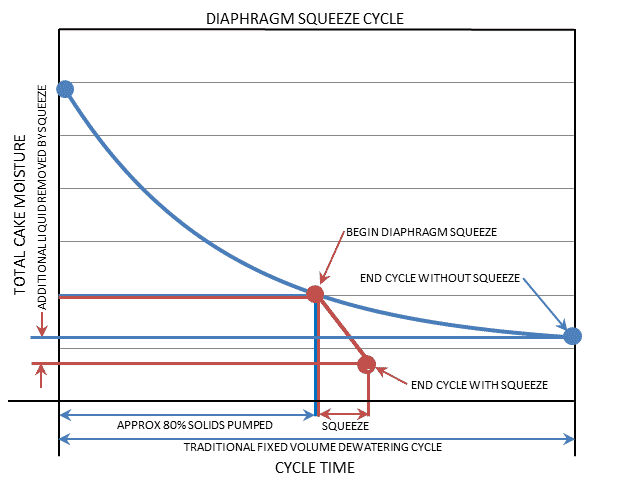
Membrane Squeeze Equipment Requirements
The result is increased throughput and better liquid recovery. Adding membrane squeeze to a filter press requires a specialized plate stack, a squeeze water manifold, and a filter plate pressurization system. Typically, membrane plates are alternated with standard chamber plates in a “mixed pack” as shown in the photo below.
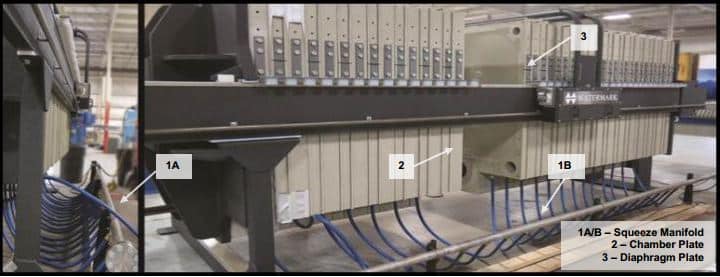
The Membrane Squeeze Filtration Process
The filtration process of a membrane squeeze filter press typically includes six steps. Here’s how membrane squeeze filtration works:
- First, the follower presses the membrane filter plates together via the hydraulic cylinder, effectively sealing their surfaces.
- Once the press has reached the specified pressure, the pressurization stops and the press maintains the pressure.
- Next, the feeding process begins. During this process, the slurry is pumped into each chamber via the thrust plate’s feeding port. Under the specified pressure, the slurry begins to form a filter cake on the filter cloth while any liquids are forced out of the chamber.
- After the feeding process has concluded, the filter cake may be washed if required by the application. (The option for cake wash must be included in the manifold configuration). In some instances, air blowing may be used to further dry out the filter cake.
- Then, the membrane squeezing begins. Using high-pressure water or air, the filter plate membranes squeeze the filter cake in order to reduce its liquid content.
- Now that the filter cake is mostly free of moisture, the squeeze manifold pressure drops and the membrane on each plate returns to its starting position. The press is opened and the filter cake is discharged.
Benefits of Using a Membrane Squeeze Filter Presses and Filter Plates
Now that we’ve discussed how membrane squeeze filter presses work, let’s summarize the benefits of adding a membrane filter press to your operation.
Because diaphragm filter presses utilize membrane technology, they greatly influence the dryness of the filter cake. When put head-to-head against standard filtration processes, membrane filtering achieves the lowest residual moisture values in the solid. This is vital in filtering applications where the degree of dewatering is of the utmost importance, especially in applications where the separated solid or liquid is the actual product.
In addition to achieving a high degree of dewatering, membrane squeeze filter presses and plates also help reduce the filtration cycle time. With a faster cycle time comes faster turnaround times, which consequently can lead to an increase in productivity.
Benefits of Replaceable vs. Welded Diaphragms
Another advantage of using membrane plates can be found in the option for replaceable vs. welded diaphragms. If the membrane component happens to break, the diaphragm itself can be removed and replaced, versus requiring the replacement of the entire filter plate. This provides for a significant cost savings and a quicker fix over waiting several weeks for replacement welded membrane plates to arrive.
Also, if chemical compatibility is a concern, replaceable diaphragms are offered in various materials of construction, including EPDM, NBR, Viton, and more.
Membrane Squeeze Presses and Plates from M.W. Watermark
From chemical plants to gold mining and everything in between, membrane filter presses and plates have been used successfully in a number of applications. Find out if utilizing a membrane/diaphragm squeeze filter press is right for your particular application by reaching out to M.W. Watermark. Contact us to learn more or request a quote today.
About M.W. Watermark
M.W. WATERMARK wants to make a difference. We are passionate about the world’s water. We are innovative, focused on customer service and always try to exceed expectations. We are an environmentally conscious company with people who are energized, encouraged and inspired to make a difference on our planet by helping to keep our shared, finite water supply clean and usable for generations to come. We build amazing, custom water and wastewater treatment equipment. Together, we can make a difference.

